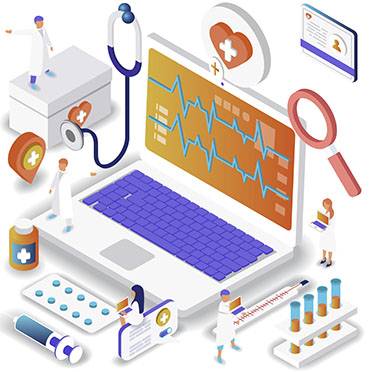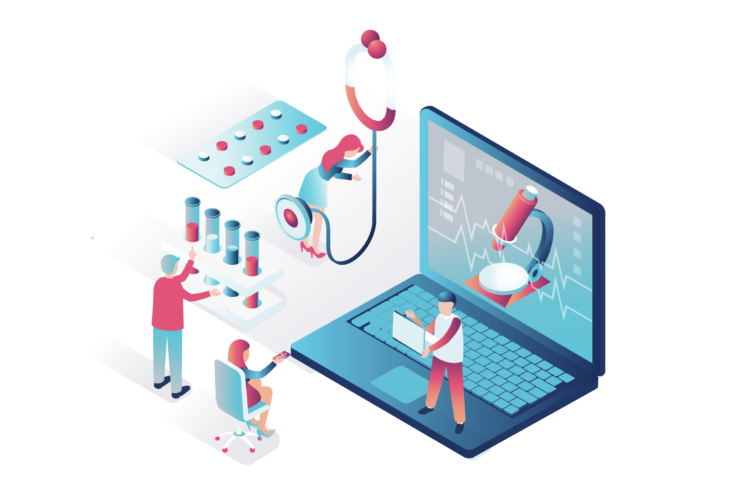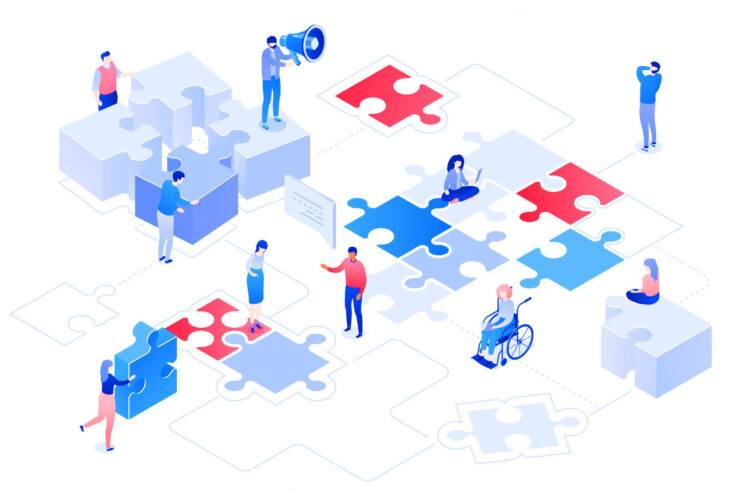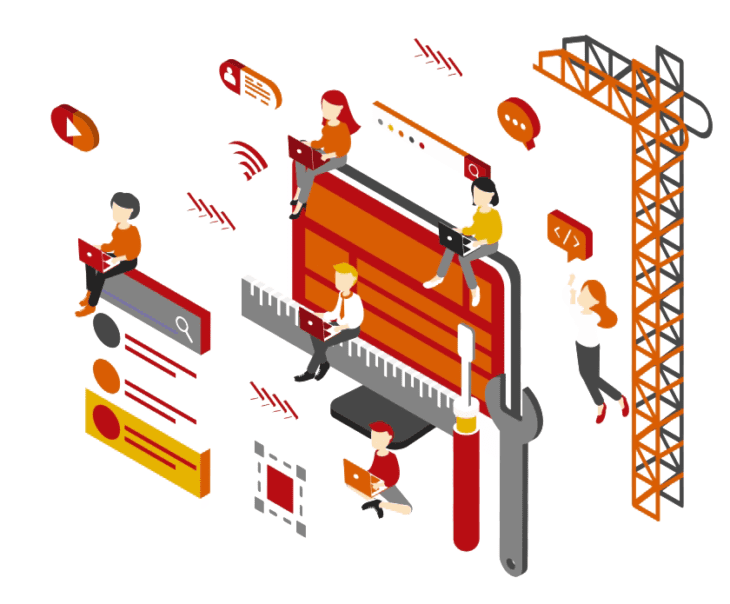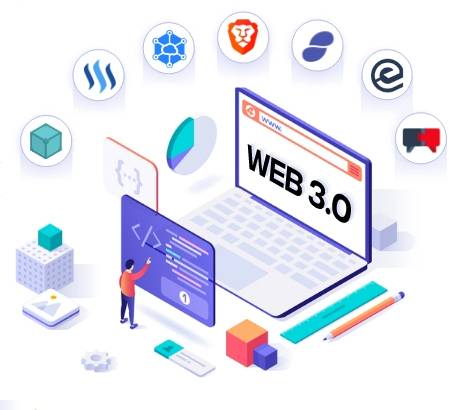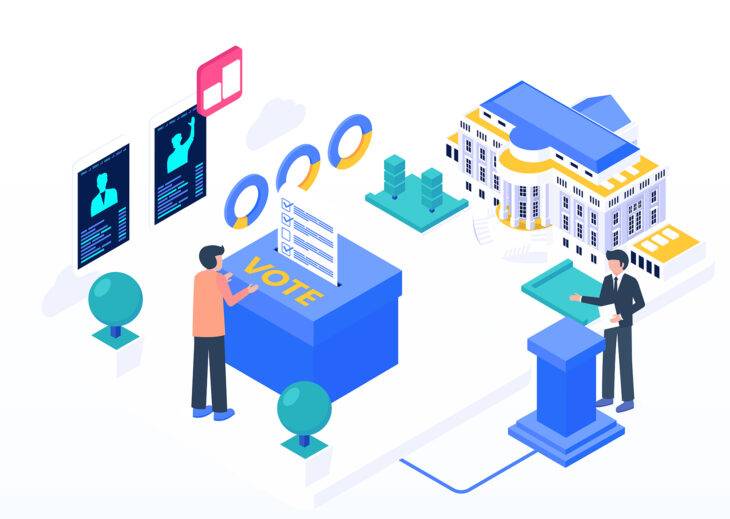Rising drug development costs (estimated between $643M and $2B) and the length of time (anything from 6 to 14 years from pre-clinical testing to commercialization) are critical hurdles to drug development innovation. Pharmaceutical firms perform clinical trials to demonstrate the medicine’s safety and efficacy to obtain clearance from the US FDA (Food and Drug Administration) or another regional body. Healthcare innovation will be driven to improve the medication development process, particularly by conducting better, safer, speedier, and more efficient clinical trials.
Why Clinical Trials and What is Blockchain?
What is the primary outcome of a clinical trial? A safe and effective pharmaceutical or technology for humans may be used to prevent or treat disease or improve one’s quality of life.
What is the value of a clinical trial? DATA. Although many would claim that it is about treating or saving people, which is accurate and vital, it is about data for the sake of the future of healthcare.
What has been the root cause of maintaining data integrity, developing a more comprehensive and qualified patient recruiting program, and failing to bridge the clinical-medical divide? An argument may be made that current legacy platforms and, to some extent, obsolete policies and protocols are unable to negotiate the act of data sharing while keeping data privacy on an equal footing.
What is Blockchain? Blockchain technology allows a network of computers to agree on the actual status of a distributed ledger at regular intervals. These ledgers may store many sorts of shared data, such as transaction records, transaction characteristics, credentials, or other bits of information.
Core Blockchain Features That Could Help Address Clinical Trials Issues
- Data provenance in a tamper-proof environment – in a Blockchain, transactions are time-stamped, immutable (cannot be modified, only added), and duplicated on every node, giving all participants the same viewing capacity. The data is verifiable by all participants.
- Digital ledger – because all transactions are digital, paper trails and paperwork are no longer required.
- Data Privacy – depending on how authorization rights are defined and how technology is applied, data transactions can be as private as you need them to be.
- Data Sharing – The ledger is given to all network members that have been approved.
- Decentralized – The Blockchain does not reside in a single location. It contains many copies that are all updated at the same time. The data is always available and may be input from numerous sources.
3 Outcomes on the Impact of Blockchain on the Clinical Trials/Research Process
Creating Reliable Clinical Studies: Every Step of the Way
The necessity of data integrity can be best expressed in two words: “Thalidomide Disaster” (the 1960s). Although this was a terrible chapter in healthcare history, it was also a watershed moment for the necessity of “data integrity” in clinical studies. In the realm of clinical trials, guaranteeing data integrity – verified, adequate, accurate, consistent, and of the highest quality – is a professional and ethical commitment to safeguard patients and give reliable results to regulators and the sponsoring company. There is a patchwork of multiple technologies, methods, and rules in today’s complicated digital environment that strive to ensure digital integrity in clinical trials. Although we have grown significantly since the 1960s, we are still not there.
In 2021, we now have Blockchain that has the potential to transform the process of maintaining data integrity without the disastrous precedent.
Mehdi Benchouf and Philippe Ravaud outline the complex flows of heterogeneous data and metadata that circulate in a clinical trial, implying numerous healthcare stakeholders and all documents whose proof of existence can be stored in Blockchain in their position paper, “Blockchain technology for improving clinical research quality.” Essentially, the data may be confirmed while remaining private.
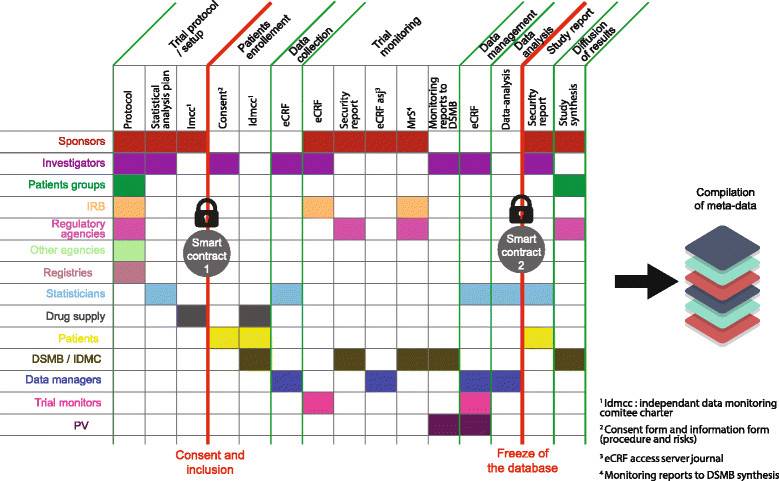
Unlocking the data stuck in the healthcare environment to fuel clinical research.
Imagine you have a state-of-the-art sports automobile with the quickest and most powerful engine, but it is permanently stuck in “park”; where is the value in that? A lot can be written about all emerging technologies – AI, IoT, ML – having the same problem; they are all powerful technologies, but where is the value if the data cannot reach all relevant places? This is where blockchain convergence may help.
Healthcare data is no longer merely an output from an internal source (such as a diagnostic test); it is also created from new external sources (i.e., AI, IoT, ML, etc.). Where has all the enthusiasm about all this new data and what it can accomplish – prevention, therapy, precision medicine, and improved quality of life – gone? Is the patient the one who owns it? How has it been shared with key participants in the patient’s health network or the health ecosystem?
The fact is that whether patient health data is generated by a diagnostic test or by super clever technology, the end effect is the same: the information is stored in one silo, centralized database that only a select few can access. As a result, for the sake of data privacy, data sharing takes a back seat, which has far-reaching consequences for patient safety and the future of healthcare.
Developing a more inclusive patient engagement program.
In reality, patient participation in today’s healthcare world is broken:
- Less than 5% of adult cancer patients enroll in oncology studies.
- Fewer than 1 in every 20 Americans knows where to access trial-related information.
- 80% of clinical studies fail to fulfill their enrollment targets.
Some of the difficulties associated with patient recruitment and retention are as follows:
- Inability to discover and enroll a qualified sample of patients to participate in the study.
- The cost of recruitment/retention has continued to climb, and it is projected that it will take between 30% and 35% of the clinical trial budget, particularly during phases II and III.
So, how can Blockchain fix this problem?
Imagine a decentralized platform where a clinical trial researcher or investigator may search for prospects based on precise genetic, therapeutic, demographic, and geographic parameters without even knowing the patient’s name. Blockchain can provide that solution.
Blockchain has the potential to alter the patient engagement model by allowing patients to manage their whole electronic health record and choose (permission) to be searched for trial participation.
How does this work? How will that happen? As an example, consider Jane Doe, a patient with a rare condition.
Many patients with uncommon diseases save their medical records in a binder, which industry experts are aware of. Jane Doe brings her medical records binder everywhere she goes in the hopes of finding and being admitted to a trial. Jane’s binder is a blockchain node. Making Jane’s medical records binder into a blockchain node entails:
- She would be able to specify who she wants to share data with, when to disclose it, and what data she wants to share.
- She will opt to be “searchable” by any researcher on the globe while maintaining her anonymity.
- Her health information would allow clinical researchers to determine if she is a qualified candidate for the trial.
- Data from her clinical trial participation would be attached to her record, allowing her permissioned network of physicians to view it in real-time.
The picture below, courtesy of the Innovecs website, shows how Blockchain might bridge the gap between clinical and medical research while allowing patients to choose (consent) with whom they want to share what portions of their data and when.
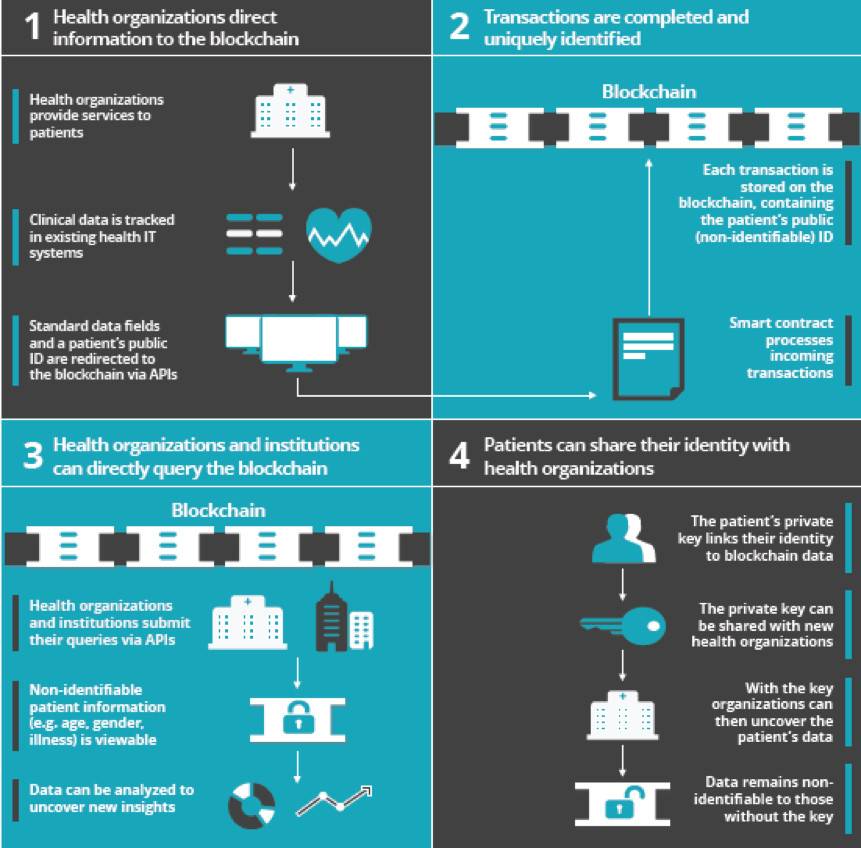
Too good to be true? Think again. It’s real, and it’s here.
Emerging technologies are inherently associated with the art of the unknown. They have not been thoroughly tested; yet, they have the potential of making life – professional or personal – better. Many people in the blockchain sector believe that the technology works and is ready for implementation. So, what’s keeping us back? The difficulty with blockchain adoption is not necessarily the technology itself, but all of the procedures, protocols, and, perhaps, rules that would need to alter for Blockchain to function correctly.
